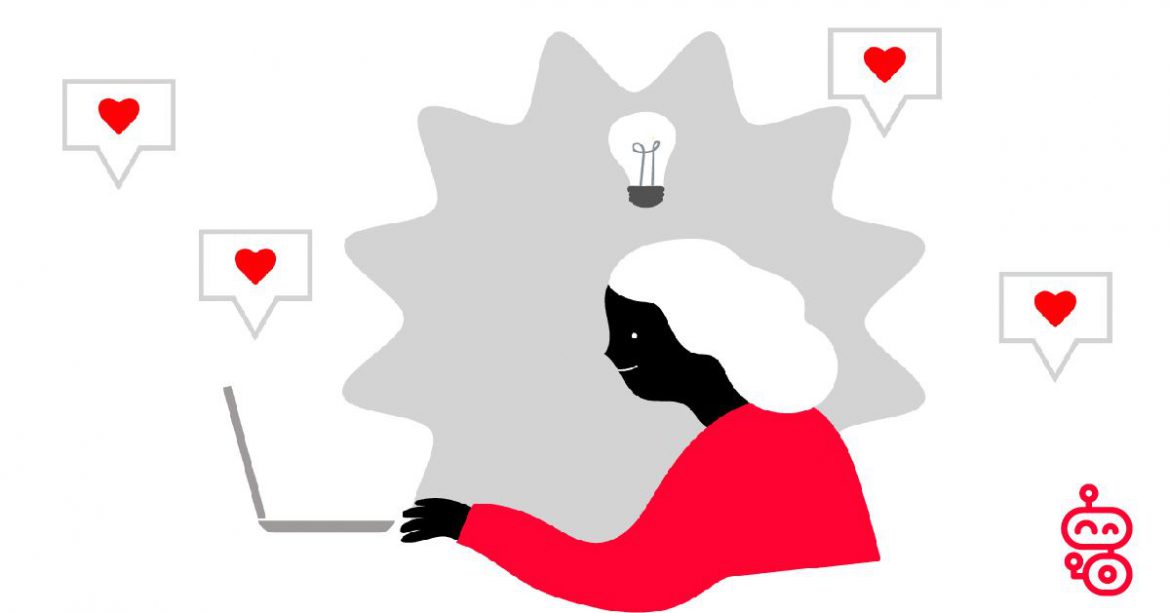5 Key Ways to Make Your Ad Copy Less Boring
- On : April 6, 2021
Your boring ad copy is killing sales!
I know how you feel. If I saw this pop up on my lunch break, I would be fuming. But the harsh reality of attention spans narrowing, trend cycles shrinking at an alarming rate and the creation of ‘microseasons’ means marketers and advertisers alike have to get more creative.
Re-examining the Basics
The 4 key elements of any successful advertisement follow the basic formula of:
- The objective
- The audience
- The urgency
- The incentive
Appealing to one of 7 motivations :
- Scarcity
- Fear
- Humour
- Specific incentive
- Telling a story
- Invitation to join a larger cause
- Curiosity
While this is advertising 101, today’s marketers and businesses should opt to be more playful and creative in their advertising, especially with video content. Outside of the standard checklist of messaging criteria & advertising goals, your content must also entertain as much as it informs to hold top of mind awareness and create a favorable brand identity. Video content not only lends itself to activating more of the brain than written content but is also consistent with a demand that has consistently increased since 2017.
Get Different, Present Creative Offerings
The rapid evolution of the internet coupled with entire generations of digital natives, ‘Zoomers’ and millennials mean younger audiences are getting bombarded with far more advertising material than at any other point in history. Most Gen X’s owning iPhones and 3-year-olds using an iPad, means that the conventional formula for your EDM, social media or general copy material will not stand up to bolder and more creative product offerings and wording choices.
A great example of creativity in offering is Cards Against Humanity’s Big Pointless Hole in the ground. The project which raised over $100,000 US in 2016 consisted of customers donating their money for the company to dig a giant hole in the ground over a 4-day period, livestreaming the process during the Black Friday holiday season. The company’s choice of an irreverent brand personality and ad-copy to match has raised similarly high amounts of money selling bull faeces and “absolutely nothing in return”, generating massive amount of value for, well, nothing.
Non-Standard Formatting
Particularly on social media, there are variety of ways to make your content feel like it’s a living part of the platform your on in terms of tone, context or style. But beyond conventional writing techniques, U n c o n v e n t i o n a l f o r m a t t i n g can add an aesthetic, character and persona for your brand with limited effort.
The above used text used example follows the formatting used to embody the Vaporwave genre of music in the early 2010’s. The uniqueness of cultural phenomena like this should not be carbon copied if it’s not within the personality of your brand, but many fashion labels and fashion start-ups like LA’s publicspace.xyz have matched the eye-catching peculiarity of this design, to the character of their brand identity.
While this specifically may not work for you, businesses should think of ways to create dynamic and inimitable messaging with their customers.
Knowing When & Where to Slow Down
While the key theme of this article has been to develop wackier and more innovative ad copy, it is certainly no competition to content marketing on your social media channels. The many benefits of content marketing, often mean it’s wiser to spend more than 80% of your focus on breathtaking images and highly polished videos on Facebook, Instagram, Twitter or Tiktok.
The goal of your copy in this regard should be basic and succinctly (between 10-15 words) create urgency, directing the attention to the play button.
Define: Semantics
Semantics is the study of associations between words, such as the contextual differences of destination vs. last stop.The language you choose to use when conducting any form of advertising is important and should be carefully considered.
Language is inherently evocative and powerful, and should be used as a strategic resource to not only match your brand identity but develop concrete ideas and connotations about your brand to your customers.
- Does your business deliver elegant solutions or seamless ones?
- Is your business bespoke or dynamic?
- Is your workplace fast-paced or meticulous?
Leave your thoughts in the comments and tell us why.


